Grand New Racer for Grands Prix
How the Mercedes-Benz W25K cracked the code in the 1936 racing season
BY: KARL LUDVIGSEN
PHOTOS: LUDVIGSEN PARTNERS; DAIMLER-BENZ ARCHIVE
Evolved from its successful predecessor, the 1936 Mercedes-Benz W25K looked entirely new and had important and enduring new features. But would it be up to the challenge from Bernd Rosemeyer and his Auto Union?
Nineteen thirty-five was an excellent Grand Prix season, the best against strong and varied opposition that Mercedes-Benz enjoyed in Year Two of the new 750-kilogram G.P. formula. In its second season the W25 was fully proven and raced as part of a team that was at last operating as a unit, driven by two absolute aces in Rudy Caracciola and Luigi Fagioli.
Caught napping by the Germans, who had been quicker to see the potential of the new rules, Alfa Romeo and Maserati introduced new and faster cars in 1935 that threatened to be sterner rivals in 1936. And the meteoric Bernd Rosemeyer was displaying uncommon skill at the wheel of his Auto Union. Major changes in the Mercedes-Benz equipment for the formula’s third year were clearly needed.
For 1936 the plan was to build an “SSK” version of the W25, a car that would be lower, shorter, and lighter, well within the 750-kilogram weight maximum. Powering it was a new E-series version of the existing straight-eight, with its bore enlarged by 4 mm. Its dimensions were 86 x 102 mm for 4,740 cc. A new supercharger had an enlargement in rotor diameter from 106 to 125 mm. The blower boosted through two carburetors and manifolds that were available in different diameters to tune the cars to specific circuits.
Existing M25C power units were used in tests of the first of the five new racing cars that were built, called the “Model 1936” or, more familiarly, the “short car.” The author prefers and uses the suitable designation of “W25K.” Ex-Benz man Max Wagner continued to direct the chassis-design side, directly under chief racing engineer Max Sailer and his still-youthful deputy, Fritz Nallinger.
The W25K incorporated major changes. Its wheelbase was shortened by more than 10 inches to 97 inches, front and rear track remaining at 58 and 56 inches. This was made possible by a completely new transaxle design that had been in the works since the winter of 1934-35.
The new transaxle further lowered the car’s propeller shaft by placing the two gearbox shafts in a transverse plane below the final drive gears—a radical departure from the normal longitudinal shaft axis. Stacking these shafts one above the other and laterally beneath the differential cleared—for a lower-seated driver—the space ahead of the rear axle that the transmission formerly occupied.
No longer were heavy pivots for swing axles attached to the sides of the differential. The W25K had an entirely new rear suspension. Toward the end of 1935 the W25 was finding it increasingly difficult to apply its steadily greater power to the ground. The shorter wheelbase of the W25K was intended to help by shifting more weight rearward. With the transaxle chassis-mounted, shafts and universal joint would drive the wheels.
The new suspension was named a “de Dion” after the French car that had pioneered the concept. It had a dead axle joining the wheel hubs together. The axle was fabricated of steel tubing in the shape of a broad-topped Y. The upper arms of the Y reached out, in plan view, to the wheels, while the tail extended rearward to a ball pivot anchored to the rear end of the frame. The latter tapered inward to a point at that junction. This pivot was a critically important location point, taking both braking torque and transmission-drive thrust.
Taking up sideways forces between car and axle was a steel-sided slot in the back of the transaxle, in which slid a bronze block attached to the crotch of the axle Y by a projecting ball pivot. Quarter-elliptic leaf springs with friction shock absorbers were used at the rear of the chassis, which was founded on an extensively lightened box-section frame like that of the 1935 model. The front suspension was carried over almost unchanged within its tubular crossmember. Thanks to all the changes, especially the new transmission, the car’s center of gravity was lowered a remarkable 5.9 inches.
Designed by Josef Müller, the completely new body wrapped around this radically lowered car had an almost circular cross section, a long, slim tail, and deep fairings concealing the front suspension and the adventurous new rear suspension. Exhaust piping was newly positioned down at ground level, sweeping back on the left below the rear axle. It was one of the handsomest racing cars ever built.
One reason the 1935 W25s were still on hand, apart from their value as training and backup cars, was that the cockpit of the shortened Model 1936 was so tight that Manfred von Brauchitsch couldn’t drive it comfortably. “In a car calculated down to the gram,” said Alfred Neubauer, “additional reserves for an extra-large driver are naturally impossible.” Offered one of the older cars for the season, Manfred instead contrived to squeeze himself into the new one except in the Eifelrennen, in which he drove a modified 1935 car.
In late February 1936 the first new ME25 went on one of Georg Scheerer’s two dynamometers for a durability test. Its uncorrected output was 430 hp on the normal fuel blend, equal to 449 hp at 5,000 rpm with the standard corrections applied. Its typical output as prepared for racing was 453 hp at 5,800 rpm with maximum torque of 465 lb-ft at 3,000 rpm. This was achieved on a boost pressure of 14.5 psi, exactly 1.0 bar. For the first time, a Mercedes-Benz racing engine produced more than 1 horsepower per pound.
To spectators at Monte Carlo on April 13 for the first Grand Prix of 1936, nothing seemed to have changed except the smooth shape of the silver cars on the front row of the grid. Caracciola tiptoed through a rainy race to win after most of his teammates were sidelined by crashed at the chicane. It looked like Mercedes-Benz had cracked the code for the 1936 season.
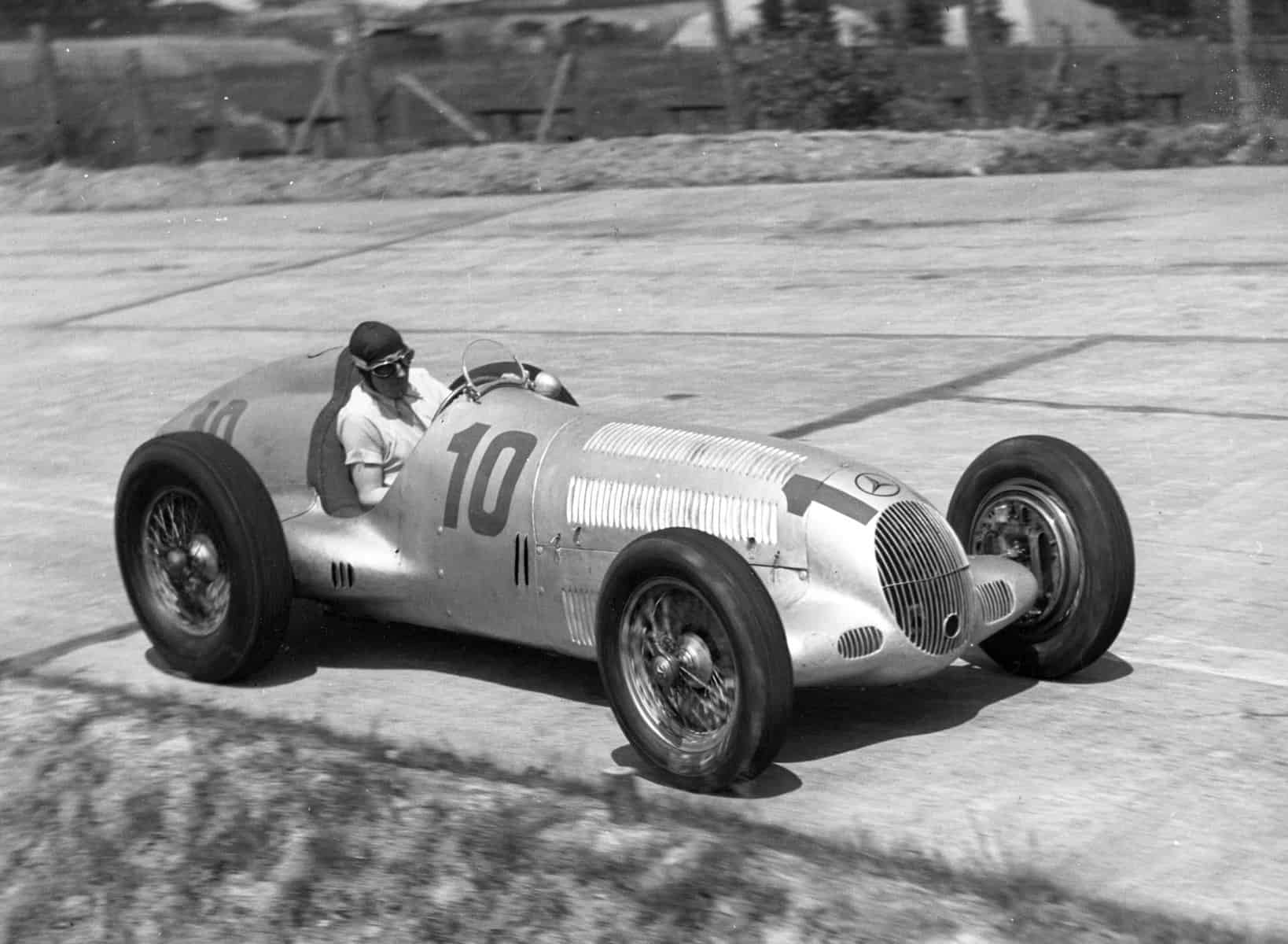
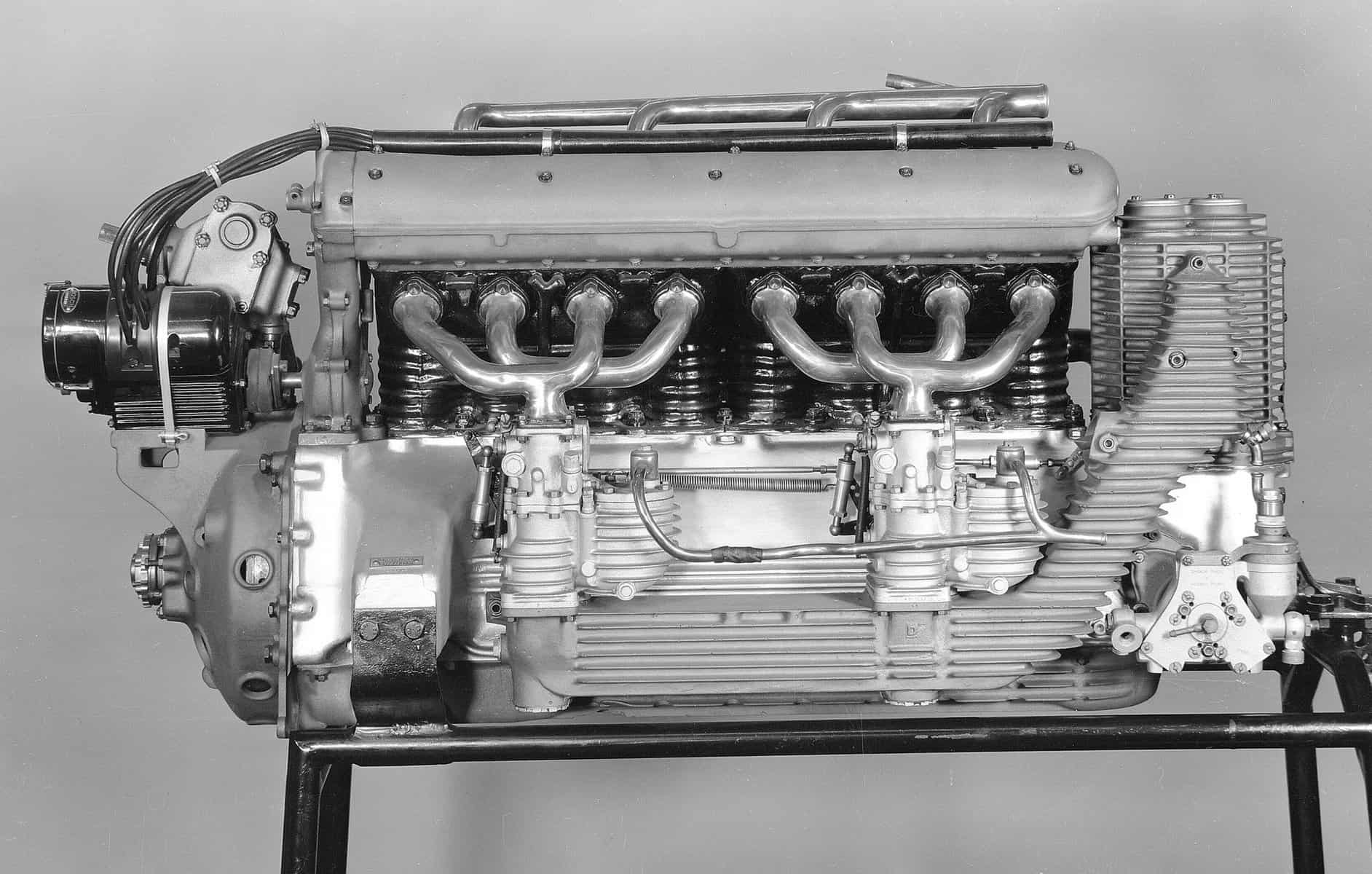
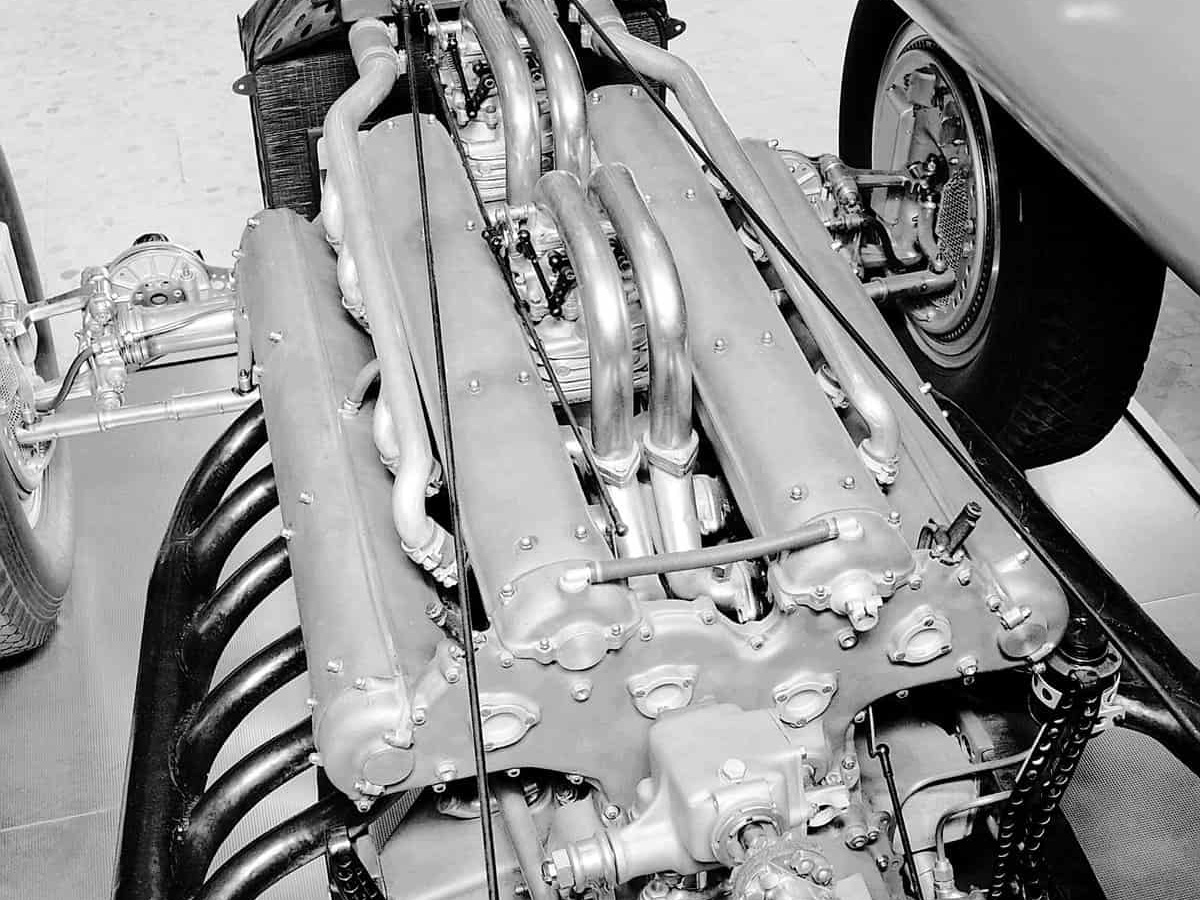
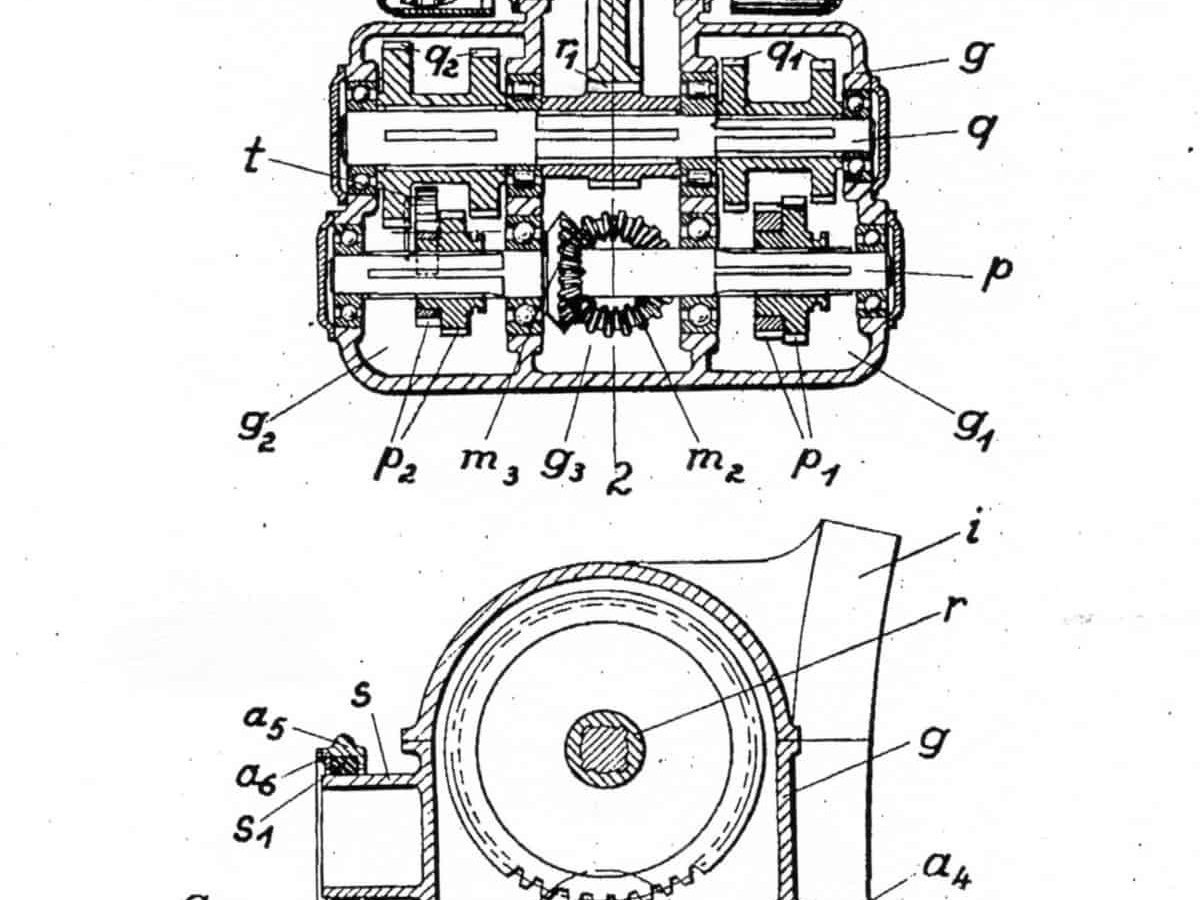
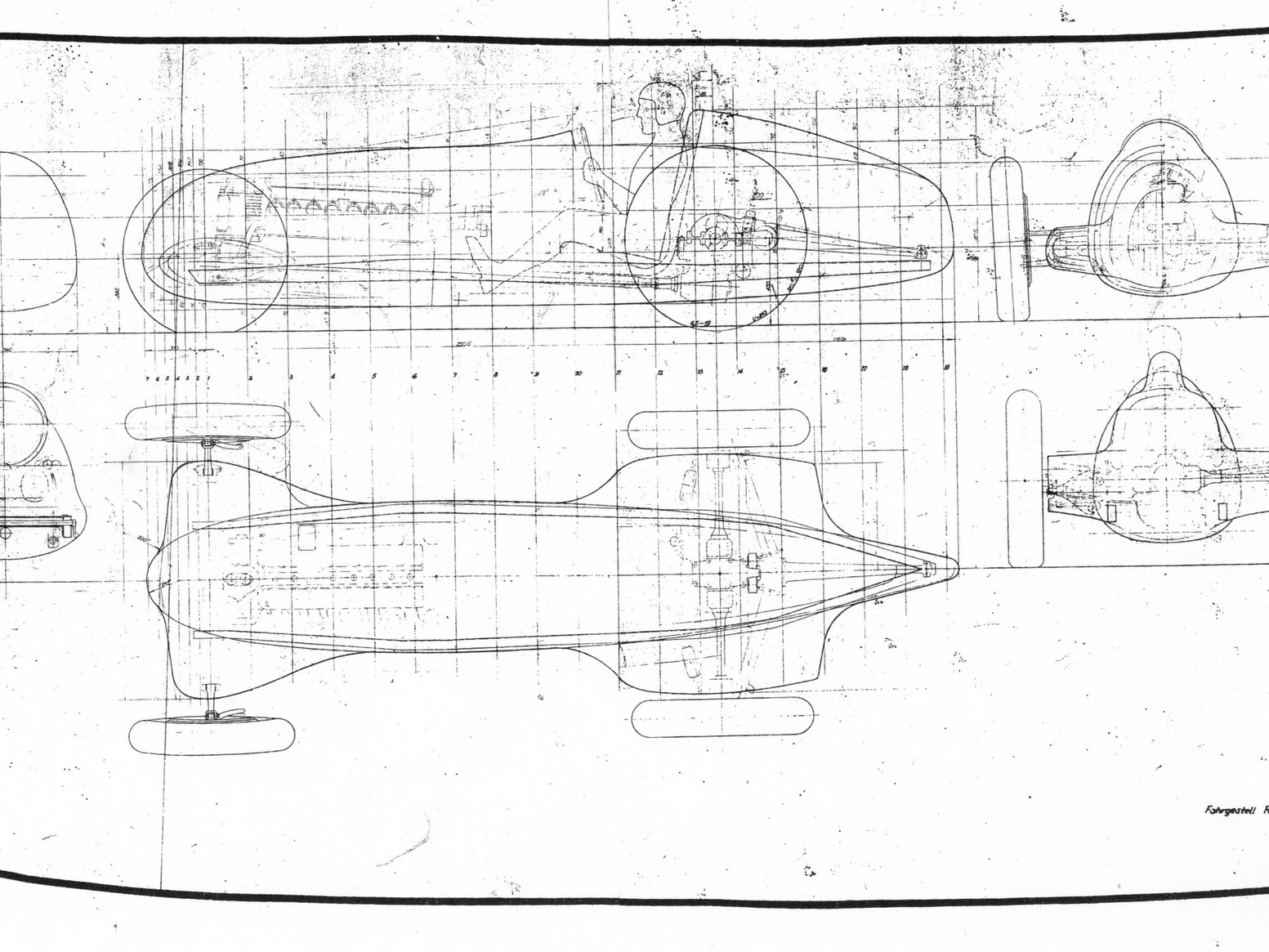
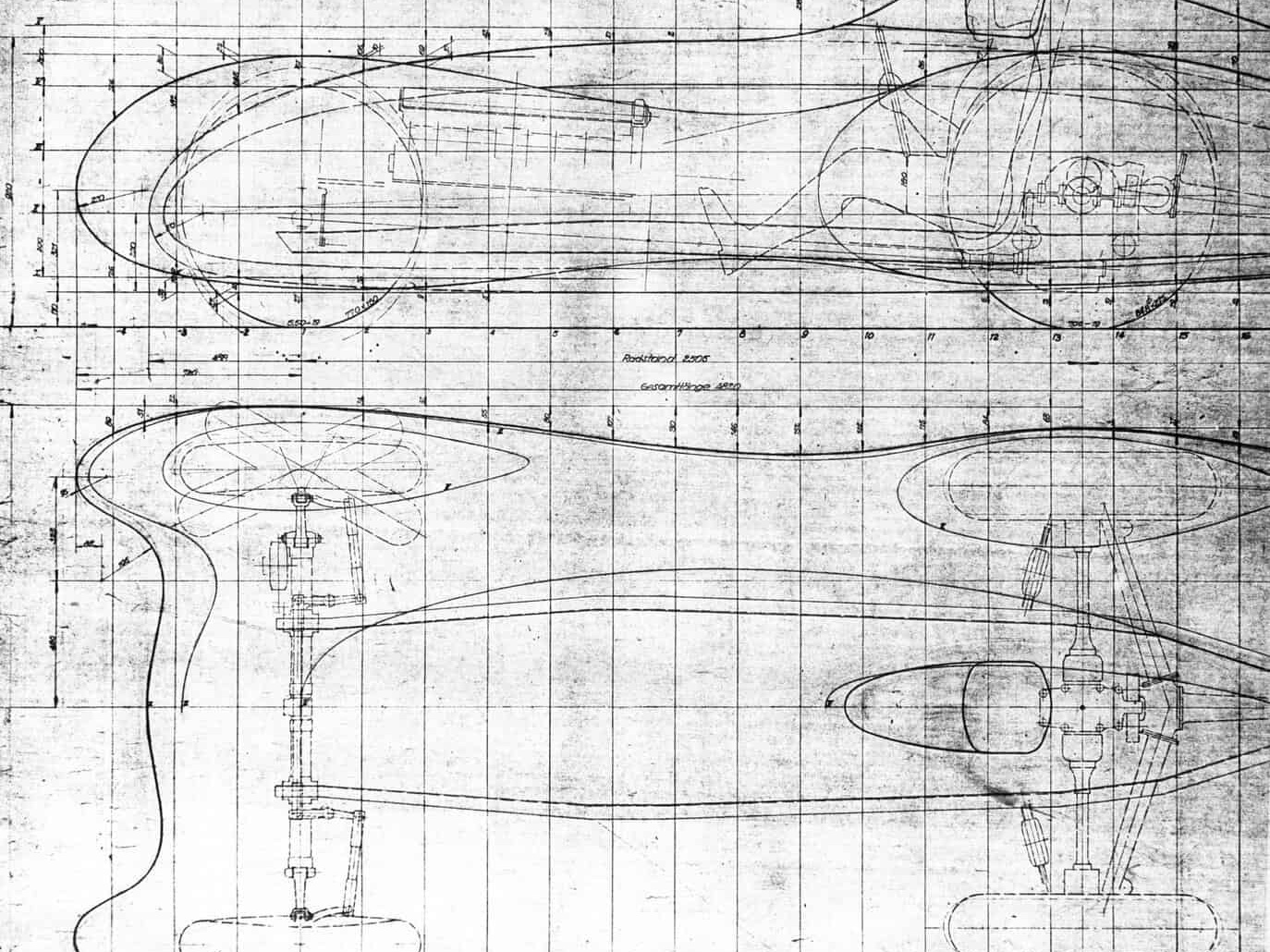


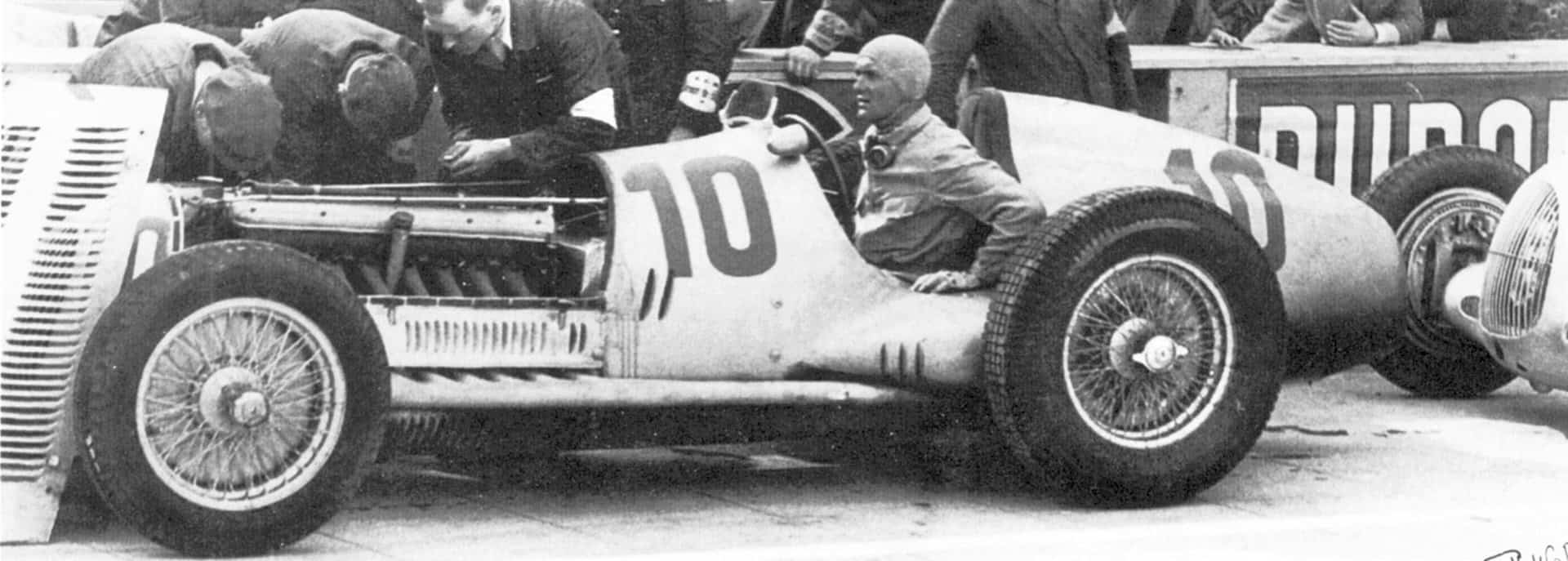
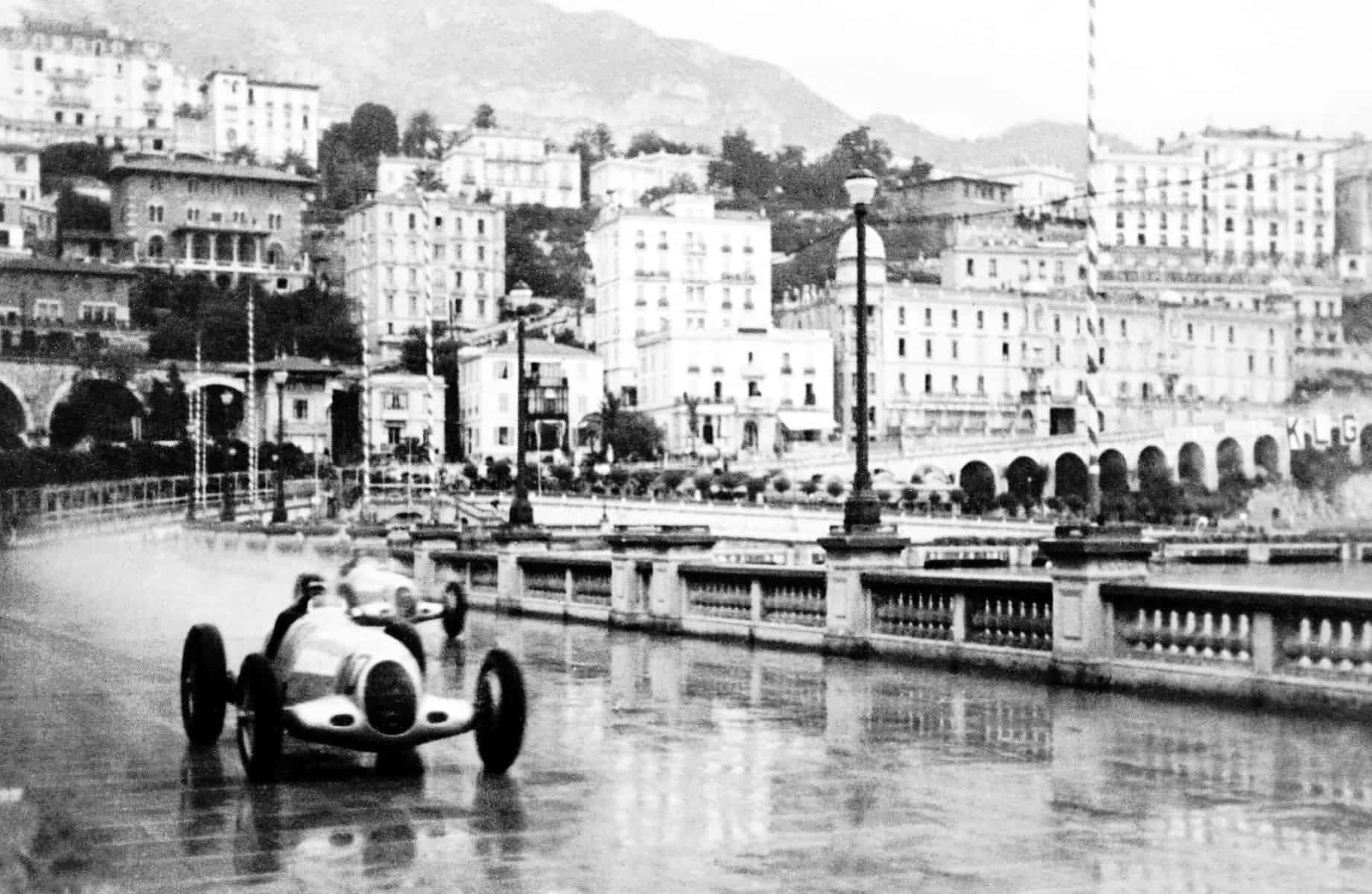
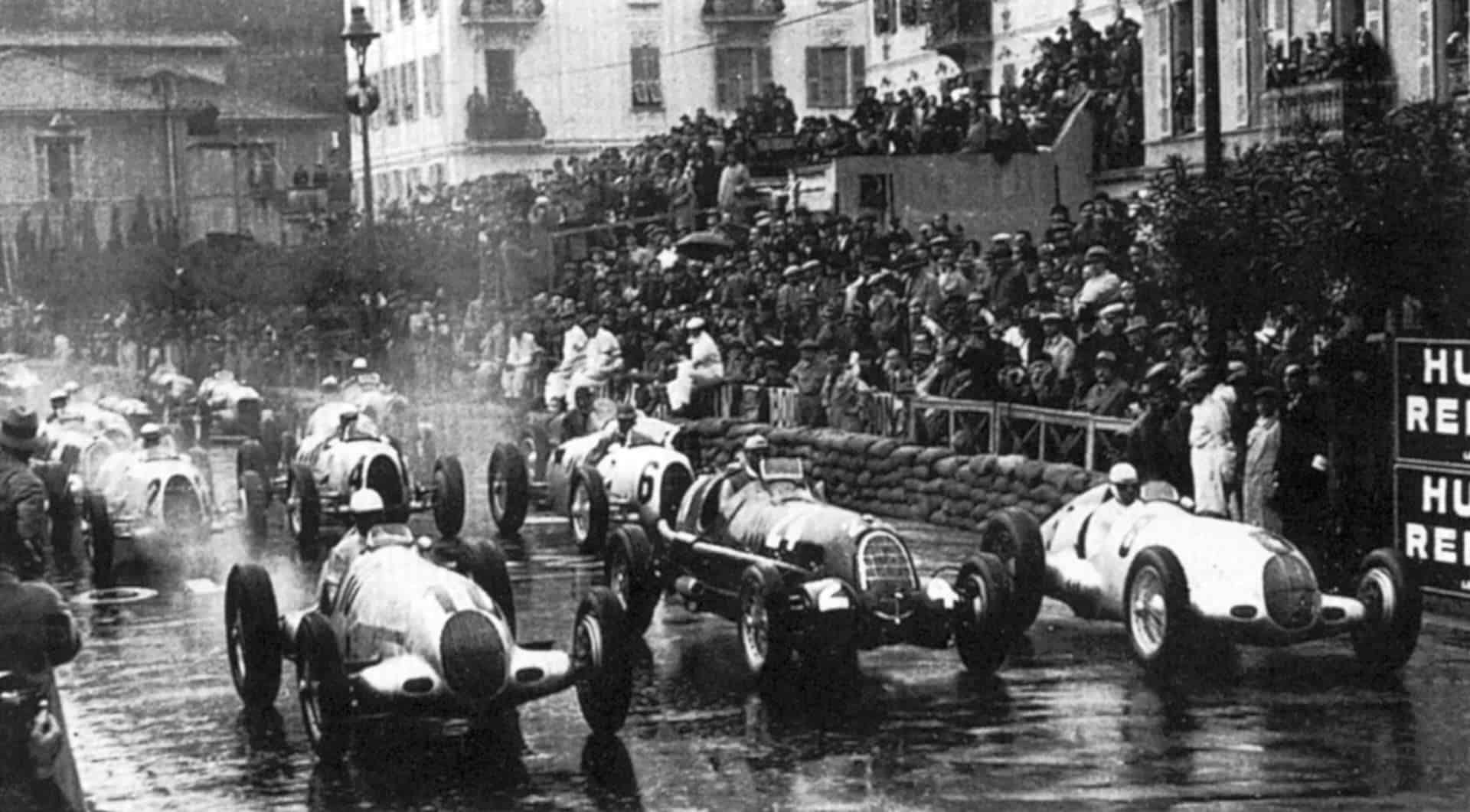
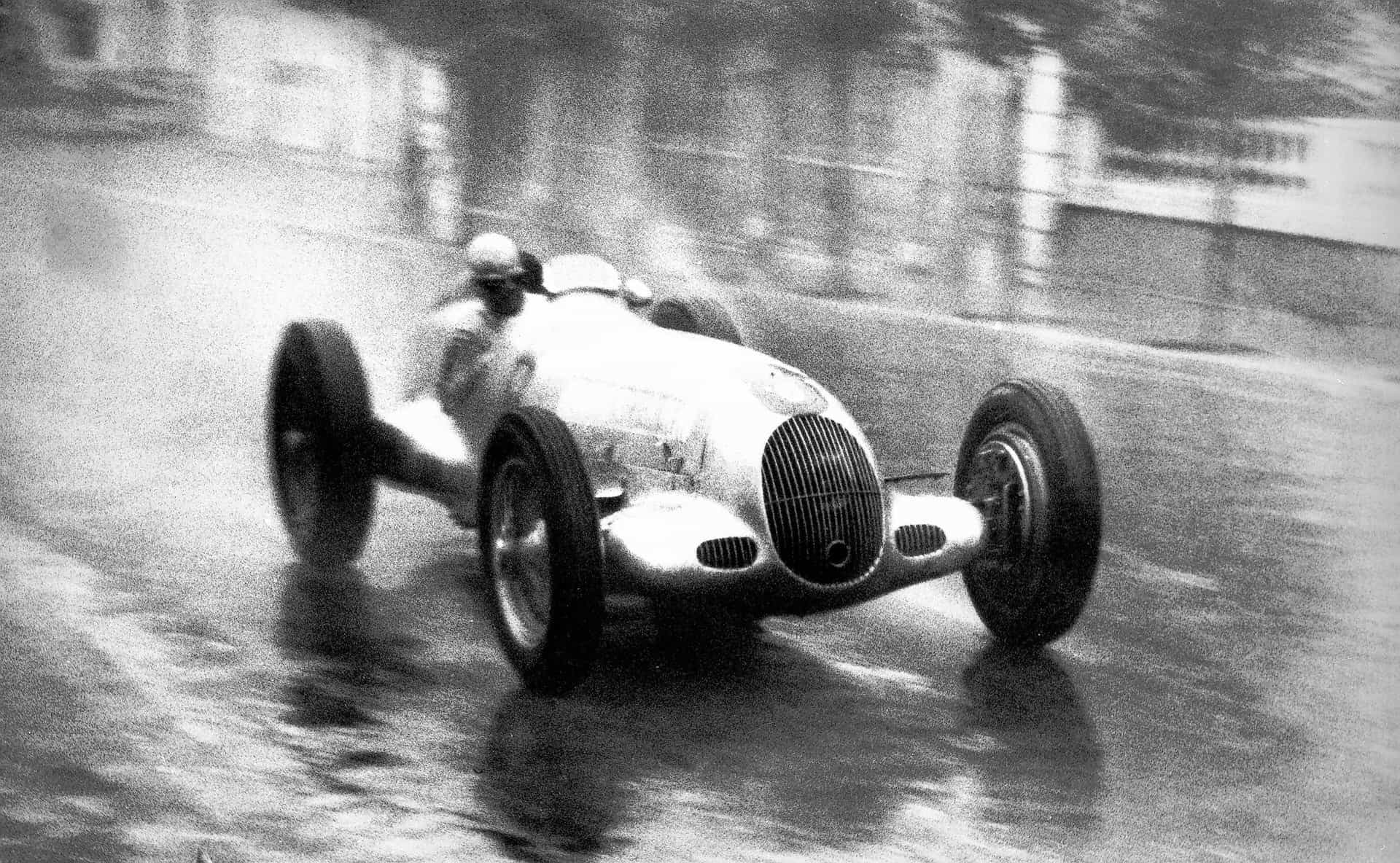


![alfa gtz perfectly imperfect webannerl[1]](https://automedia.revsinstitute.org/wp-content/uploads/2024/08/Alfa-GTZ-Perfectly-Imperfect-webannerl1-uai-1200x800.jpg)

